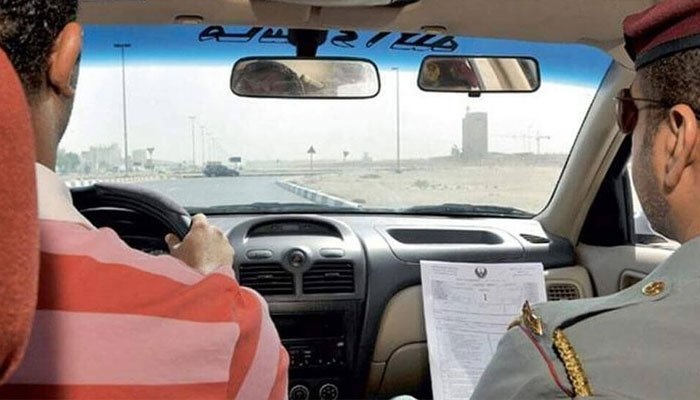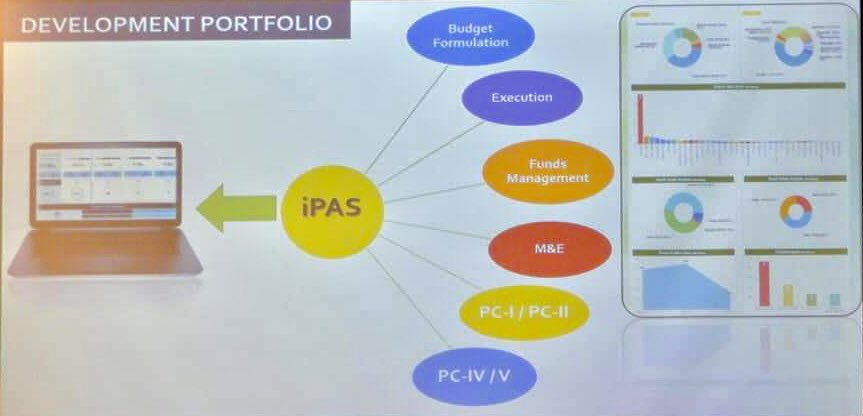ghazi52
PDF THINK TANK: ANALYST

- Joined
- Mar 21, 2007
- Messages
- 101,793
- Reaction score
- 106
- Country
- Location
Digital Financial Transactions show double-digit growth in Pakistan: SBP
Ali Ahmed
18 Mar 2021

Digital financial transactions continued to show their strong growth in Pakistan during the second quarter, October – December 2020, of the fiscal year 2020-21.
As per the State Bank of Pakistan (SBP), Quarterly Payment System Review (QPSR) released on Thursday, during Q2FY21, 296.7 million e-Banking transactions valuing Rs21.4 trillion were carried out, registering a growth of 24 percent by volume and 22 percent by value, over the same quarter last year.
“In the last few years, digital payment transactions in Pakistan have shown significant growth, reflecting the favorable impact of the SBP’s policies in shifting customer preferences. Expansion in digital payment infrastructure, as well as the emergence of new payment aggregators, have played a role in this growth,” said SBP.
As per the central bank, most of the uptake in e-banking transactions was seen in internet and mobile banking. The volume of mobile banking transactions reached 44 million, (up 147 percent) valuing Rs.1.12 trillion (up 192 percent) compared to 17.8 million transactions valuing 382.5 billion in the same quarter, last year. The number of registered mobile phone banking users reached 9.4 million accounting for an increase of 5%.
Similarly, 22 million internet banking transactions valuing PKR 1.3 trillion were recorded during this period compared to Rs. 1.1 trillion in the previous quarter.
In response to SBP’s measures to incentivize the installation of Point of Sale machines to facilitate digital payments through debit or credit cards, the number of POS machines has shown a notable growth of 18% during Q2FY21, reaching 62,480 installations throughout the country. On these POS machines, 23 million transactions amounting to Rs115 billion were processed during Q2FY21.
Card-based transactions on e-commerce portals also increased substantially, with e-commerce merchants processing 5.6 million transactions through payment cards amounting to Rs15 billion compared to 3.9 million valuing 11.9 billion in the first quarter of the current fiscal year, which marks a shift in the behavior of the Pakistani population toward acceptance of payments by e-commerce merchants, said SBP.
The total number of payment cards issued in the country stood at 44 million out of which 27.6 million are debit cards and 1.7 million are credit cards. Further, 7.6 million were social welfare cards have been issued by banks on behalf of BISP, EOBI, and other government organizations.

- “In the last few years, digital payment transactions in Pakistan have shown significant growth, reflecting the favourable impact of the SBP’s policies in shifting customer preferences. Expansion in digital payment infrastructure as well as the emergence of new payment aggregators have played a role in this growth,” said SBP.
Ali Ahmed
18 Mar 2021

Digital financial transactions continued to show their strong growth in Pakistan during the second quarter, October – December 2020, of the fiscal year 2020-21.
As per the State Bank of Pakistan (SBP), Quarterly Payment System Review (QPSR) released on Thursday, during Q2FY21, 296.7 million e-Banking transactions valuing Rs21.4 trillion were carried out, registering a growth of 24 percent by volume and 22 percent by value, over the same quarter last year.
“In the last few years, digital payment transactions in Pakistan have shown significant growth, reflecting the favorable impact of the SBP’s policies in shifting customer preferences. Expansion in digital payment infrastructure, as well as the emergence of new payment aggregators, have played a role in this growth,” said SBP.
As per the central bank, most of the uptake in e-banking transactions was seen in internet and mobile banking. The volume of mobile banking transactions reached 44 million, (up 147 percent) valuing Rs.1.12 trillion (up 192 percent) compared to 17.8 million transactions valuing 382.5 billion in the same quarter, last year. The number of registered mobile phone banking users reached 9.4 million accounting for an increase of 5%.
Similarly, 22 million internet banking transactions valuing PKR 1.3 trillion were recorded during this period compared to Rs. 1.1 trillion in the previous quarter.
In response to SBP’s measures to incentivize the installation of Point of Sale machines to facilitate digital payments through debit or credit cards, the number of POS machines has shown a notable growth of 18% during Q2FY21, reaching 62,480 installations throughout the country. On these POS machines, 23 million transactions amounting to Rs115 billion were processed during Q2FY21.
Card-based transactions on e-commerce portals also increased substantially, with e-commerce merchants processing 5.6 million transactions through payment cards amounting to Rs15 billion compared to 3.9 million valuing 11.9 billion in the first quarter of the current fiscal year, which marks a shift in the behavior of the Pakistani population toward acceptance of payments by e-commerce merchants, said SBP.
The total number of payment cards issued in the country stood at 44 million out of which 27.6 million are debit cards and 1.7 million are credit cards. Further, 7.6 million were social welfare cards have been issued by banks on behalf of BISP, EOBI, and other government organizations.

Digital Financial Transactions show double-digit growth in Pakistan: SBP
“In the last few years, digital payment transactions in Pakistan have shown significant growth, reflecting the favourable impact of the SBP’s policies in shifting customer preferences. Expansion in digital payment infrastructure as well as the emergence of new payment aggregators have played a...
www.brecorder.com






